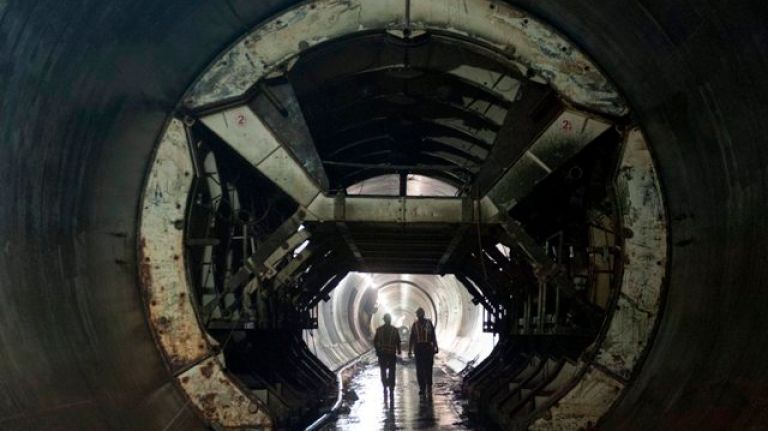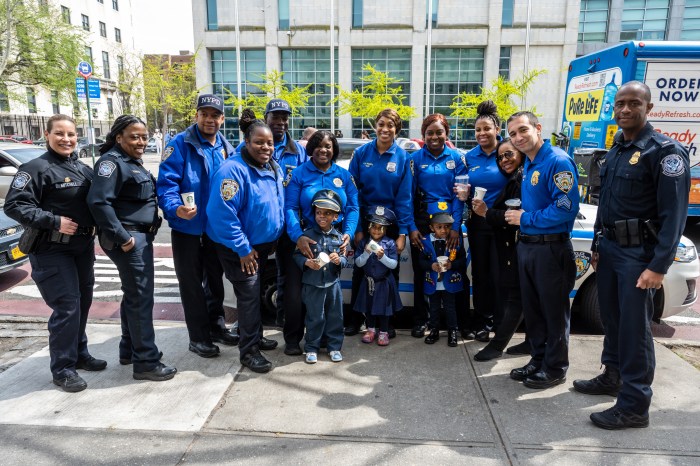
Brace yourselves for the great subway jam.
MTA planners have looked into the future and predict that the city’s population will rise by 10 percent — to 9 million residents — in the next 20 years. That could mean epic crowding soon for buses and subways.
Today’s challenge is to make the system more modern, efficient and user-friendly before it is overwhelmed by a population that’s not just larger but increasingly older.
Expansion of the subway system will help some, but only if work continues nonstop on the full Second Avenue subway line and on the extension of the 7 train. The bus system can get faster by expanding Select Bus Service that uses dedicated lanes and off-bus ticket sales.
Beyond that, the MTA needs some ambitious ingenuity.
Turnstiles and fare boxes: The MTA needs to kiss its dated MetroCard goodbye. A number of things might work better — from chip-enabled bank and credit cards to smartphones to key tags. The new technology must make boarding way faster while also cutting labor costs.
New buses and train cars: Two requirements should be nonnegotiable. The MTA’s next generation of vehicles must use less energy and carry more riders. Wider doors on new buses could help get riders on and off faster. Lower floors on new buses would help elderly riders board more quickly.
More countdown clocks on platforms and in stations: Their use on the numbered lines has been a huge success. For the first time, riders can make informed decisions on whether to wait for an express or take the local. The MTA should install them on all lines.
As the riding public ages, the MTA must also get rid of as many staircases as possible. Elevators, people movers and escalators are hardly new technology — and more of them would make the system easier to use.
While it’s easy for the city to add population, our bus and subway systems can only expand in limited ways. The MTA’s job is to turn a system designed in the 19th century into one that carries us well into the 21st century.
It can grow a little bigger, but it must get a lot smarter.


















